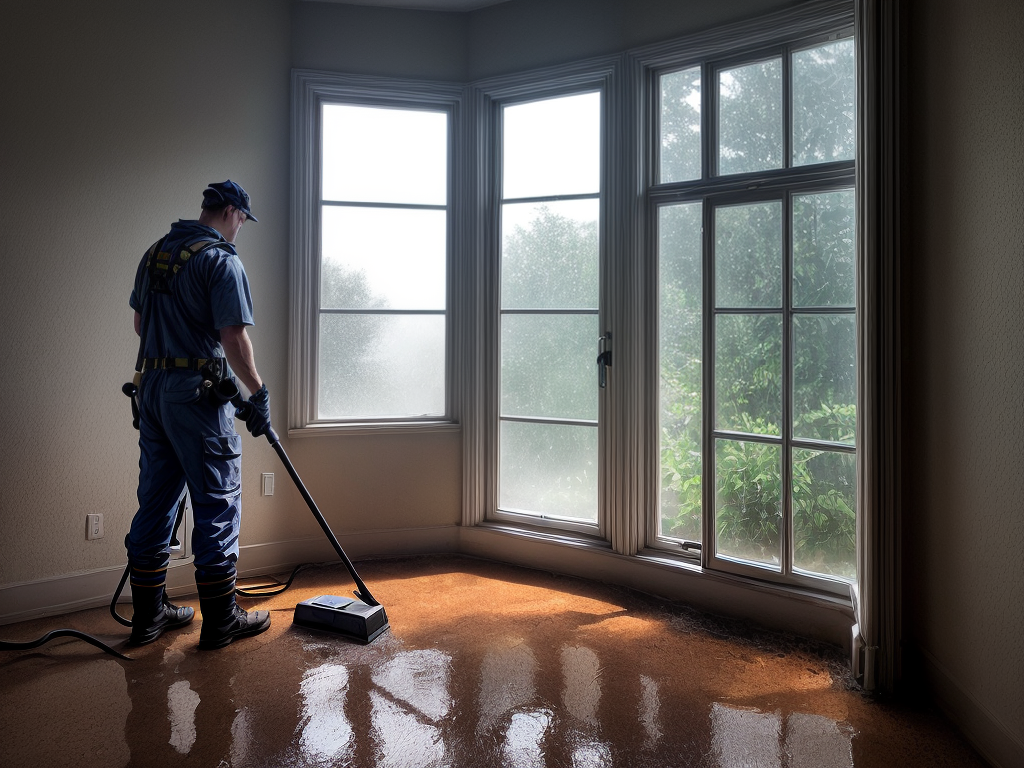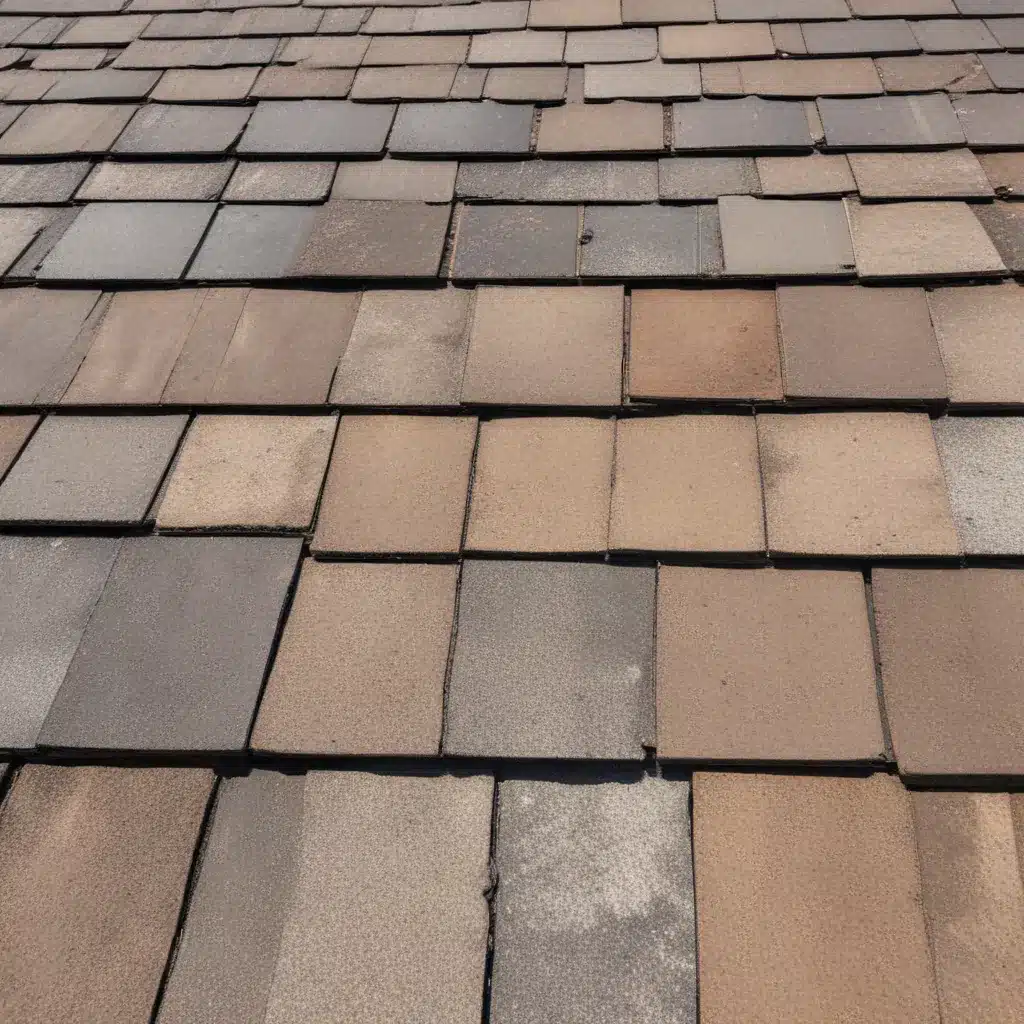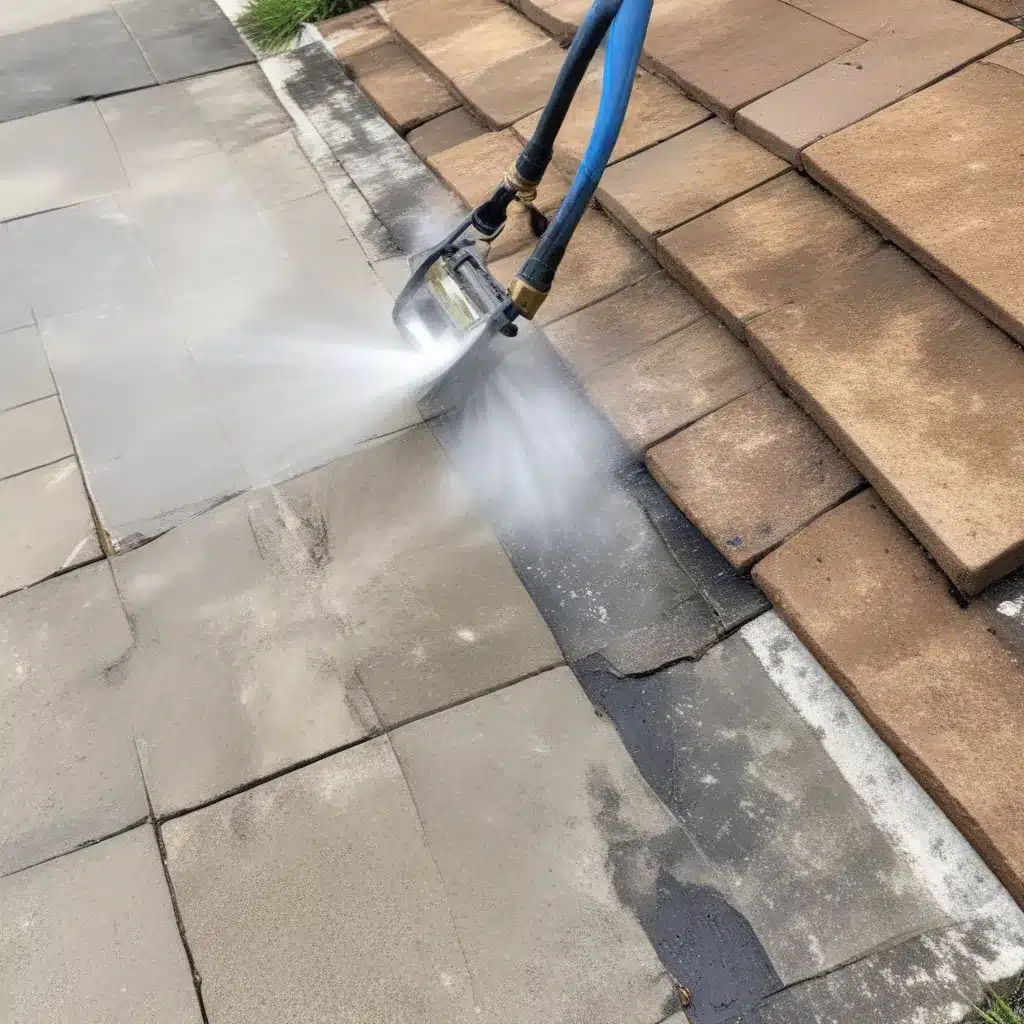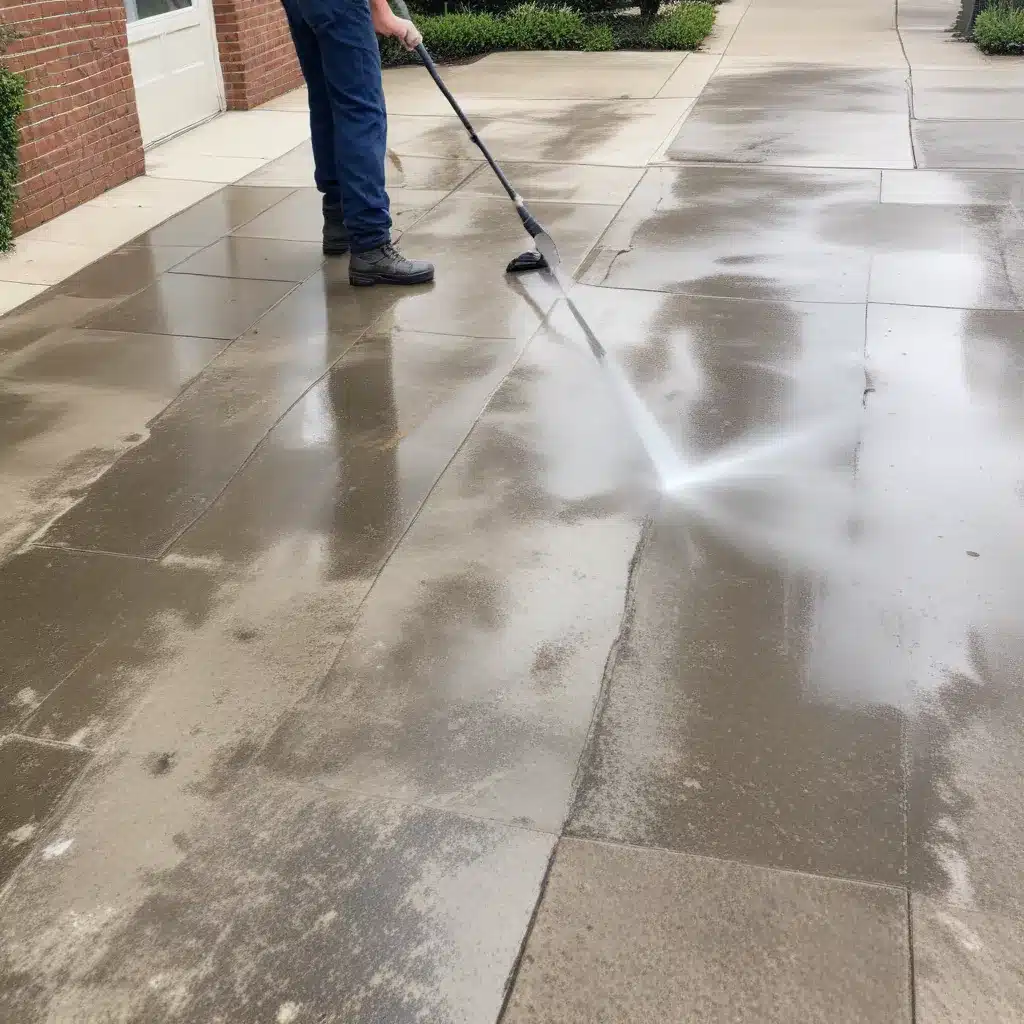
As I stood admiring my freshly pressure-washed driveway, I noticed something unsettling about my windows. Could pressure washing have caused damage? Understanding the effects of high-pressure water on windows is crucial for homeowners. Let’s delve into the intricacies of this cleaning method and its potential impact on your windows.
Key Takeaways
- Use proper equipment and techniques to avoid window damage.
- High pressure can cause cracks, chips, and warping in windows.
- Opt for professional services for safe and effective window cleaning.
- Regular maintenance and gentle cleaning methods are crucial for window care.
Potential Risks of Pressure Washing
When pressure washing, it’s crucial to be aware of the potential risks involved in order to avoid damaging surfaces. As a homeowner eager to keep my windows sparkling, I learned the hard way about the delicate balance needed for window maintenance and glass preservation. One sunny Saturday, armed with my pressure washer and a can-do attitude, I decided to give my windows a thorough cleaning. Little did I know that the high pressure could lead to cracks and chips in the glass. The force was too much for my poor windows to handle, and I ended up with a mess on my hands.
In hindsight, I should have researched the proper techniques for pressure washing windows. It’s essential to use the right nozzle, maintain a safe distance from the glass, and adjust the pressure settings accordingly. By being mindful of these factors, you can protect your windows from unnecessary damage and ensure they remain in pristine condition for years to come.
Types of Window Damage
I learned firsthand that pressure washing can cause various types of damage to windows, including cracks and chips in the glass. When water pressure meets glass fragility, it’s like a clumsy elephant trying to dance ballet – things are bound to break! Here’s a breakdown of the potential window damages caused by pressure washing:
| Types of Window Damage | Description |
|---|---|
| Cracks | Pressure washing at high levels can cause cracks in the glass, leading to the need for expensive repairs. |
| Chips | The force of the water can chip away at the edges of the windows, making them look like they’ve been in a fight with a woodpecker. |
| Seal Damage | Excessive water pressure can damage the seals around the windows, resulting in unwanted leaks and drafts. |
| Frame Distortion | Intense water pressure may even warp or bend the window frames, making them look like they’ve been doing yoga. |
| Glass Shattering | In extreme cases, the combination of high water pressure and fragile glass can lead to the dramatic shattering of the window panes, turning your peaceful cleaning session into an action movie scene. |
Best Practices for Window Cleaning
When it comes to window cleaning, using proper tools and employing the correct techniques are crucial for achieving a streak-free shine. From choosing the right squeegee to mastering the proper wiping motion, attention to detail is key. By following these best practices, you can ensure your windows are spotless and free from damage.
Proper Cleaning Tools
To effectively clean windows, utilizing the right tools is essential for achieving streak-free results. When it comes to window maintenance, having the proper cleaning tools can make all the difference. Here are some must-haves for sparkling windows:
- Squeegee: Perfect for removing water and cleaning solution without leaving streaks.
- Microfiber cloth: Ideal for wiping away dirt and grime without leaving lint behind.
- Bucket: Use it to mix your cleaning solutions and dip your tools for easy access.
- Scraper: Great for tackling stubborn spots or paint splatters.
- Extension pole: Helpful for reaching high windows without stretching or straining.
Having these tools on hand will make your window cleaning experience a breeze!
Correct Cleaning Technique
Implementing the correct cleaning technique is crucial for achieving spotless windows and maintaining their pristine appearance. When it comes to cleaning precautions, always use a gentle touch and avoid abrasive materials that could scratch the glass. Start by dusting off the window to remove any loose dirt or debris. Next, mix a solution of mild soap and water to scrub the glass gently using a soft sponge or microfiber cloth. Rinse thoroughly to avoid leaving behind any soap residue. For window maintenance, consider using a squeegee to prevent streaks and ensure a crystal-clear finish. Remember, patience is key when cleaning windows – rushing through the process can lead to smudges and an unsatisfactory result.
Signs of Window Damage
Inspecting your windows regularly for signs of damage is crucial to maintaining the integrity of your property. As a window enthusiast, I can tell you that catching window issues early can save you a ton of trouble down the line. Here are some key things to look out for:
- Cracks: These sneaky little lines can appear out of nowhere. Keep an eye out for any fractures in your glass.
- Fogging: If your windows are looking a bit misty or foggy, it could be a sign of a seal failure.
- Water Stains: Those pesky water stains may seem harmless, but they could be an indicator of leaking windows.
- Drafts: Feeling a draft even when your windows are closed tight? It might be time to check for gaps.
- Difficulty Opening or Closing: If your windows are suddenly harder to operate, it could be a sign of underlying issues.
How to Safely Pressure Wash Windows
When pressure washing windows, it’s crucial to select the proper equipment, such as a suitable nozzle and pressure setting. Demonstrating the correct technique, like maintaining a safe distance and using gentle strokes, is key to preventing window damage. Emphasizing safety precautions, like wearing protective gear and avoiding fragile areas, can ensure a successful and damage-free cleaning process.
Proper Equipment Selection
Using the right equipment is essential for safely pressure washing windows. When it comes to keeping those windows sparkly clean, here are some tips to help you select the proper gear:
- Quality Pressure Washer: A reliable machine will make your job easier.
- Adjustable Nozzle: Allows for pressure regulation, preventing damage.
- Soft Bristle Brush Attachment: Ideal for gentle scrubbing before pressure washing.
- Window-Safe Detergent: Choose a product specifically designed for window cleaning.
- Safety Gear: Goggles, gloves, and non-slip shoes are a must to protect yourself.
Correct Technique Demonstration
To ensure the safe pressure washing of windows, understanding and mastering the correct technique is crucial. When it comes to pressure washing, using the right technique can make a world of difference. Let me demonstrate the benefits of getting it right! Firstly, correct application techniques ensure that the pressure is evenly distributed, preventing any potential damage to your windows. It’s like giving your windows a gentle spa treatment rather than a harsh scrub! Secondly, using the right technique can help you achieve a streak-free shine, leaving your windows crystal clear and sparkling. So, remember, when pressure washing your windows, take the time to learn and apply the correct technique for windows that shine like diamonds!
Safety Precautions Emphasized
Let’s prioritize safety when pressure washing windows by highlighting key precautions to ensure a risk-free cleaning process. Remember, we want sparkling windows, not shattered dreams! Here are some essential safety measures to consider:
- Safety gear: Gear up like a window-cleaning ninja with goggles, gloves, and non-slip shoes.
- Preventing accidents: Make sure your ladder is stable enough to handle your superhero window-washing moves.
- Mind the pressure: Adjust the pressure to a window-friendly level; we’re cleaning, not redecorating.
- Watch your surroundings: Keep pets, kids, and nosy neighbors at a safe distance; we don’t want any unexpected surprises mid-spray.
- Check the weather: Rain and pressure washing don’t mix – unless you’re aiming for a wet t-shirt contest; timing is everything!
Conclusion: Protecting Your Windows
To safeguard your windows from potential damage during pressure washing, consider installing protective coverings or hiring professional services with experience in window protection. Window protection is key when it comes to maintaining the integrity of your windows. One of the maintenance tips I recommend is using a mild detergent and a soft brush to clean your windows before pressure washing. This can help remove any loose debris and grime, reducing the risk of damage during pressure washing.
Another important aspect of protecting your windows is to ensure that the pressure washer is set to the appropriate pressure level. Using too high of a pressure can lead to cracks or breaks in the glass. Additionally, always keep the pressure washer moving to prevent any one area from being subjected to excessive force.






